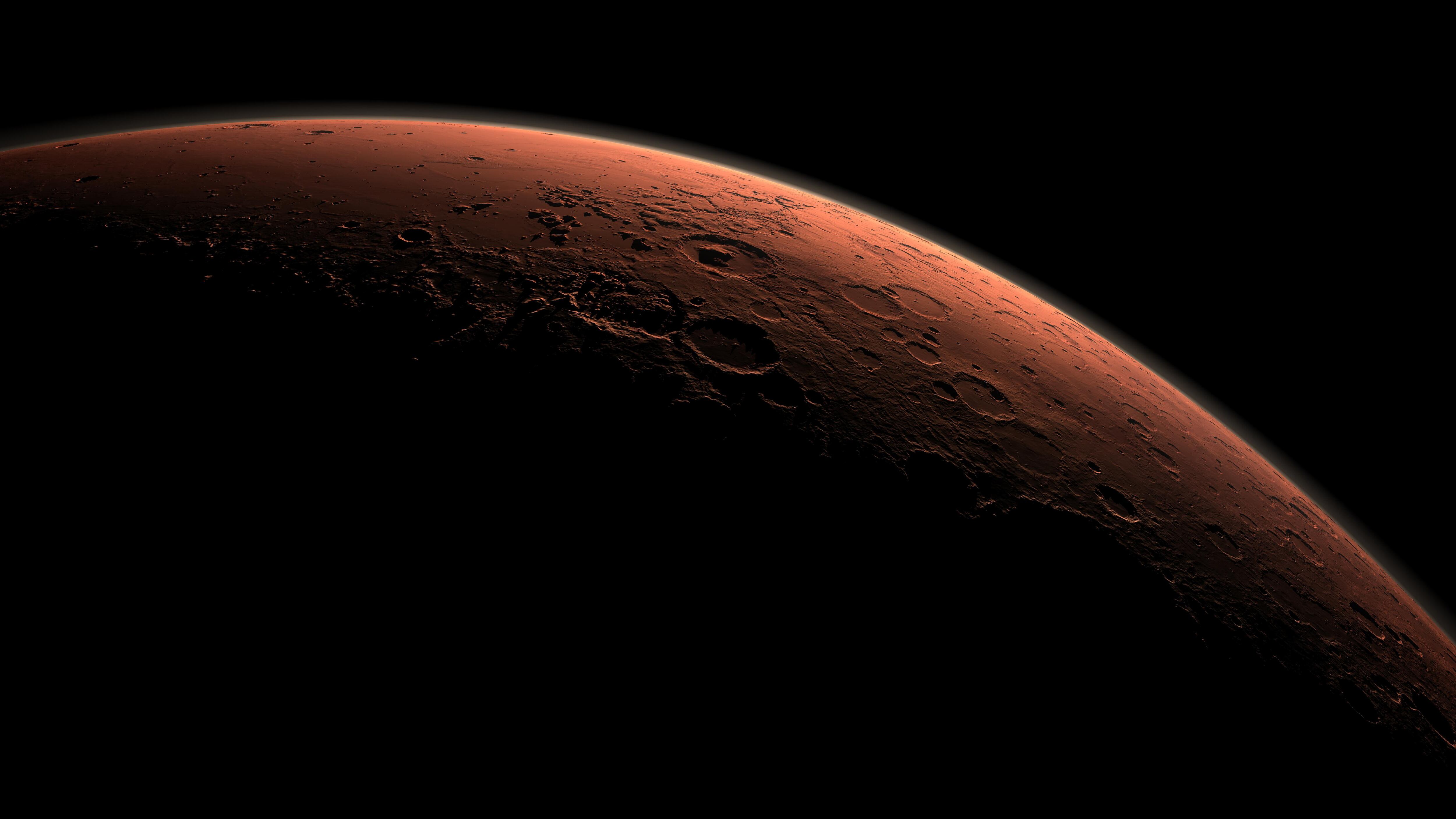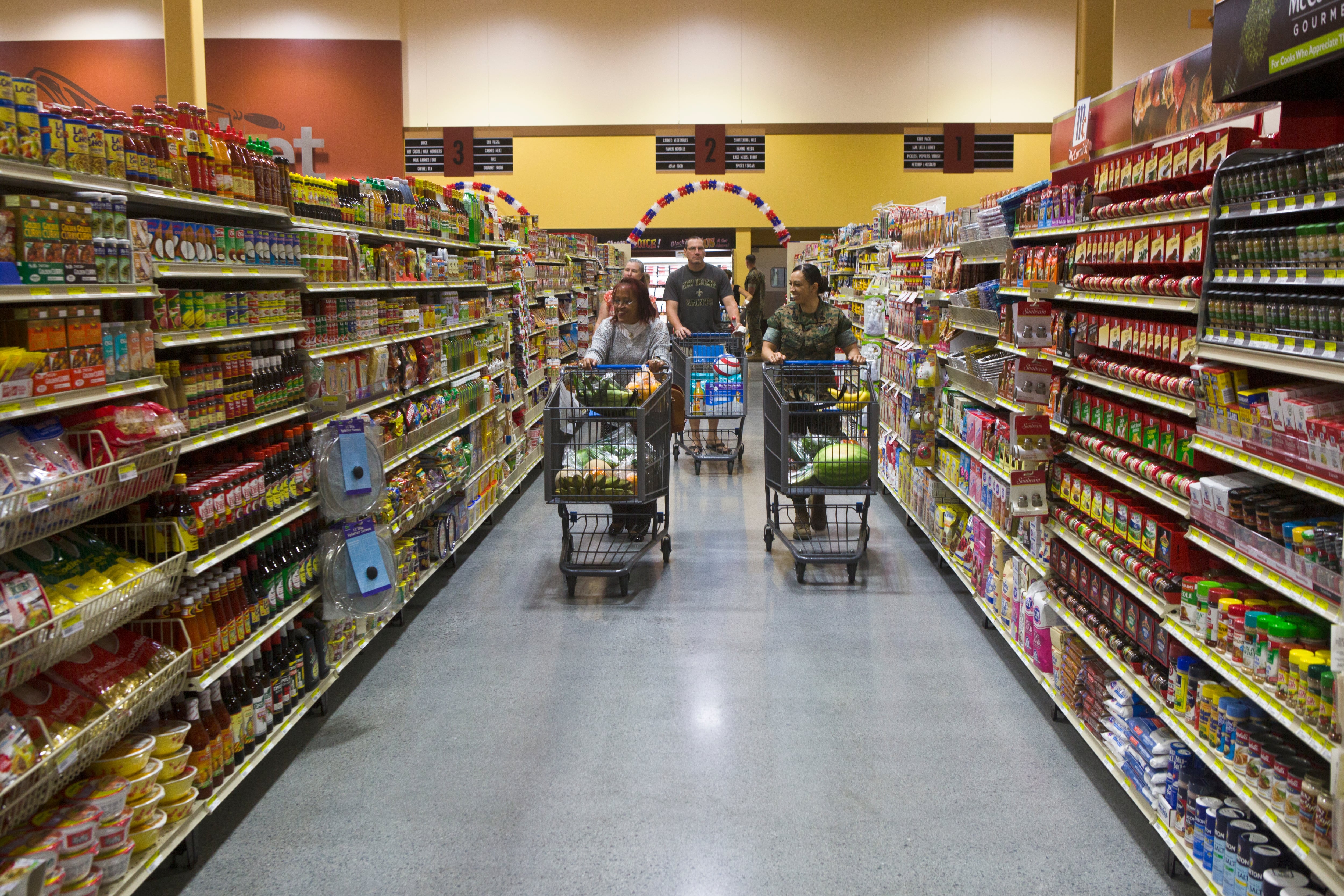NASA is asking Army researchers to solve its edible dilemma: how to send creamy Cajun chicken, and other tasty treats, all the way to Mars.
The food processing and packaging research holds the promise of benefiting both troops in the field and NASA astronauts on future missions.
Three scientists at the U.S. Army Natick Soldier Research, Development and Engineering Center in Massachusetts have been studying how to sterilize and package food so that it can be stored for years while maintaining its nutritional value and appeal.
"[We're trying to] ensure vitamin stability for long-term purposes," said Ann Barrett, a chemical engineer working under Natick's Combat Feeding Directorate. "[Soldiers] will be under intense physical training and they will need an optimal energy source."
Natick has experimented with a variety of dry foods, such as granola bars and drink mixes, to meet these nutritional needs. Nuts and dried fruit are found to be ideal ingredients based on their high lipid count, a fat helpful in storing energy.
Each food typically comes in low- and high-fat versions during testing, to observe how vitamins react to different levels of fat. Proteins are incorporated into the bars, giving soldiers the energy and strength they need to stay alert and astronauts the fuel to prevent muscle loss common in gravity-free environments.
"The constraints are that [the food] be compact and low-weight," Barrett said.

The Natick Soldier Research, Development and Engineering Center is working on food packaging and processing techniques to support a future NASA mission to Mars.
Photo Credit: NASA
The rations' weight plays a role in lowering shipping costs, especially when the destination is nearly 249 million miles away: Mars.
"Shipping to a space station can be expensive," said Michelle Richardson, senior food technologist for the CFD working to improve NASA's breakfast meal replacement bar. "A 10 percent decrease in mass [has kept] the bars low in weight and volume."
Compression techniques to condense the food bars, like sonic agglomeration which uses sound waves, force out unnecessary fats so the bars stick together more naturally.
The real challenge lies in extending the shelf life of these foods. Though a military or commercial application are two potential outcomes of this research, the processed food must be able to sit for five years to be effective for a mission to Mars.
Danielle Froio-Blumsack, a materials engineer with the CFD, has been researching how packaging materials may be able to extend the foods' shelf life. She has been testing multilayered aluminum oxide-based pouches to store full meals and snacks.
"[I found the] different permeability of the packaging [to be] based on the materials," said Froio-Blumsack, commenting on certain materials' tendencies to let excess moisture or oxygen into the package.
Froio-Blumsack's choice of creamy Cajun chicken as a test subject proved to be "compatible with all four processing methods," all varying in degrees of time subjected to elevated pressure, temperature or irradiation to sterilize food.
"The food packaging material selected needs to be compatible with the processing technology," said Barrett, explaining more "thermally aggressive" processing techniques harm the vitamin content.
Froio-Blumsack's choice of the pasta dish was based on its "high water activity," preventing the food from drying out. A water activity percentage of 60 percent, or 0.6, is recommended, measuring the package's humidity. Unwanted chemical reactions and bacteria growth are more likely to occur the higher the humidity level.
"Regarding the oxygen and water vapor barrier, [we] want the food to stay the same," said Froio-Blumsack. "The [lower] the transformation rate, the better."
In the end, it comes down to whether or not soldiers or astronauts will eat the food, so the taste and appearance are important. After all, morale has been closely linked with food consumption.
"The goal is to get them to eat [foods] they ate at home," said Richardson. "Foods they can identify with, like a whole steak," granola bars and frozen dinners.
Richardson attested to the quality of the foods in her studies, stating appearance and tasteare taken into great consideration when designing food items.
NASA has extended funding for Barrett's vitamin analysis research for three years. Richardson's meal bar research is still undergoing accelerated storage studies, which raises storage temperatures to simulate extended shelf life. Froio-Blumsack's initial research has finished, after successfully extending the shelf life of the foods to three years.




